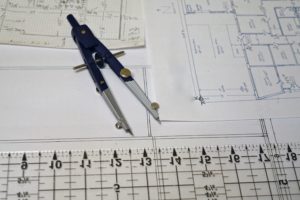 In his post on August 12, Mark Neasbey of the ACVM spoke about the infrastructure decisions we make when we don’t think we are making any. Dangerous! If you haven’t read it yet, it’s worth it! Click here. And here is another example of unconscious decision making.
In his post on August 12, Mark Neasbey of the ACVM spoke about the infrastructure decisions we make when we don’t think we are making any. Dangerous! If you haven’t read it yet, it’s worth it! Click here. And here is another example of unconscious decision making.
At his last school, surplus capacity was up around 45-50% and the school principal approved the use of one of the vacant classrooms as a drop in centre for parents and carers.
Now he was also on the council for another school, one his own children attended. This school was in a growth area and had no surplus capacity, but when he spoke of his drop-in centre, the other council members thought it a good idea and since school extensions were being designed at the time, the second school agitated to have a drop in centre designed into the new building.
The designer liked the idea and in the next school design he was involved in, he automatically included a drop in centre.
Now what had begun as a good use of surplus capacity, a “one off”, had become a new standard. Who approved the ‘new standard’? In all likelihood, no-one. When was a conscious decision on the new standard taken? In all likelihood, never. Was the corporate level (in this case the Education Department) even aware of the change? In all likelihood, not at all!
This is infrastructure or service level creep. Everyone defends it. Why wouldn’t they? A better service at no cost is what we should all aim at. But what is ‘no cost’ when we already have surplus infrastructure, becomes very costly indeed when the extra space is being deliberately built in.
This is not to argue against drop-in centres, per se. They can be a great addition to a school and to the community. But rather to suggest that the decisions be taken advisedly. To do this we must first be aware of it!
Question: What examples of infrastructure creep (or service level creep) can you think of?

Queensland Parks and Wildlife Department – currrent – deliberate and perverse use of infrastructure creep concept?
Queensland Parks and Wildlife Department is building new infrastructure in a national park: superficially to make visitation more comfortable for current restricted user numbers; then “discovering” that the new arrangements can accommodate increased visitation numbers; thus preparing the way for the new visitation numbers to be allocated to commercial tourist operators who will further increase infrastructure and numbers – particularly that level of visitation that would be opposed in principal by the community had it been proposed in the original context of strictly limited visitation numbers and infrastructure.